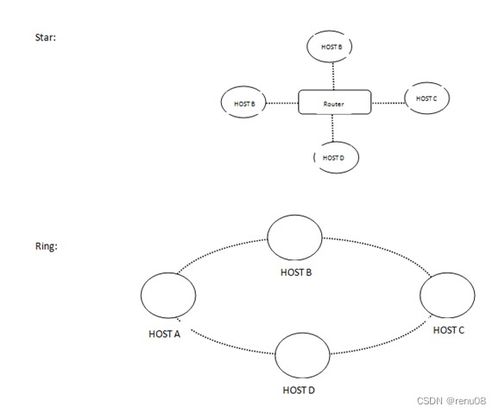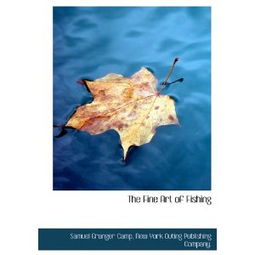Introduction:
Eel fishing, with its unique challenges and rewarding catches, has long been a popular pastime among anglers. Among the various species of eels, the common European eel (Anguilla anguilla) is particularly sought after. To successfully hook and land these elusive creatures, it's essential to understand the behavior of eels and employ the right techniques. In this article, we will delve into the art of catching eels, focusing on the essential techniques that can help you become a proficient eel fisherman.
Understanding Eel Behavior:
Before we dive into the fishing techniques, it's crucial to understand the behavior of eels. Eels are nocturnal creatures that prefer to hide in the shadows during the day. They are highly sensitive to light and can detect vibrations in the water. Knowing this, we can tailor our approach to match their habits.
Choosing the Right Equipment:
Rod and Reel: A medium-heavy action rod with a fast reel is ideal for eel fishing. The rod should be long enough to allow for long casts and have a strong backbone to handle the eel's strong pull.
Line: Use a monofilament line with a breaking strain of at least 15-20 pounds. This will provide enough strength to handle the eel's struggle without snapping.
Hook: A size 6-8 eel hook is typically used. The hook should be sharp and have a wide gap to accommodate the eel's large mouth.
Leader: A 6-8 foot leader of 30-40 pound test monofilament is necessary to prevent the eel from feeling the weight of the main line and breaking off.
Bait: Eels are opportunistic feeders and will take a variety of baits. Common options include live or dead fish, chicken liver, or strips of fish flesh.
Baiting the Hook:
Live Bait: If using live bait, such as a small fish or eel, thread the hook through the mouth or gills to ensure it remains alive and moving.
Dead Bait: For dead bait, such as chicken liver or fish flesh, cut a small slit in the bait and insert the hook into the flesh, ensuring it is well-coated.

Artificial Lures: Some anglers use artificial lures designed specifically for eels. These lures mimic the movement of prey and can be effective, especially in murky waters.
Choosing the Right Location:
Eels are found in a variety of habitats, including rivers, lakes, and coastal areas. To increase your chances of catching eels, consider the following locations:
Rivers: Eels are often found in the slower, deeper parts of rivers, such as pools and backwaters.
Lakes: Look for areas with dense vegetation, fallen trees, or rocks, as these provide cover for eels.
Coastal Areas: Eels can be found in shallow waters near the shore, as well as in deeper waters along the coastline.
Fishing Techniques:
Drop and Wait: Cast your bait into the desired location and allow it to sink to the bottom. Wait for a few minutes before gently retrieving the line.
Trolling: Trolling can be effective in areas with a lot of movement, such as rivers or coastal waters. Use a slow and steady retrieve to mimic the movement of prey.
Jigging: Jigging involves moving the bait up and down in the water column. This technique can be effective in areas with a lot of structure, such as rocks or fallen trees.
Night Fishing: Eels are most active at night, so fishing during the evening or early morning can increase your chances of catching them.
Catching and Handling Eels:
Hook Set: When you feel a bite, set the hook quickly and firmly. Eels are strong and can pull a lot of line, so be prepared for a fight.
Landing the Eel: Once you have the eel on the hook, it's important to handle it carefully. Use a landing net to avoid damaging the eel's delicate skin.
Releasing: If you're not planning to keep the eel, release it as soon as possible. Eels are an important part of the aquatic ecosystem and should be treated with respect.
Conclusion:
Catching eels can be a challenging but rewarding experience. By understanding the behavior of eels, choosing the right equipment, and employing the appropriate techniques, you can increase your chances of success. Remember to respect the natural habitat of eels and handle them with care. With patience and practice, you'll soon become a master of eel fishing.












